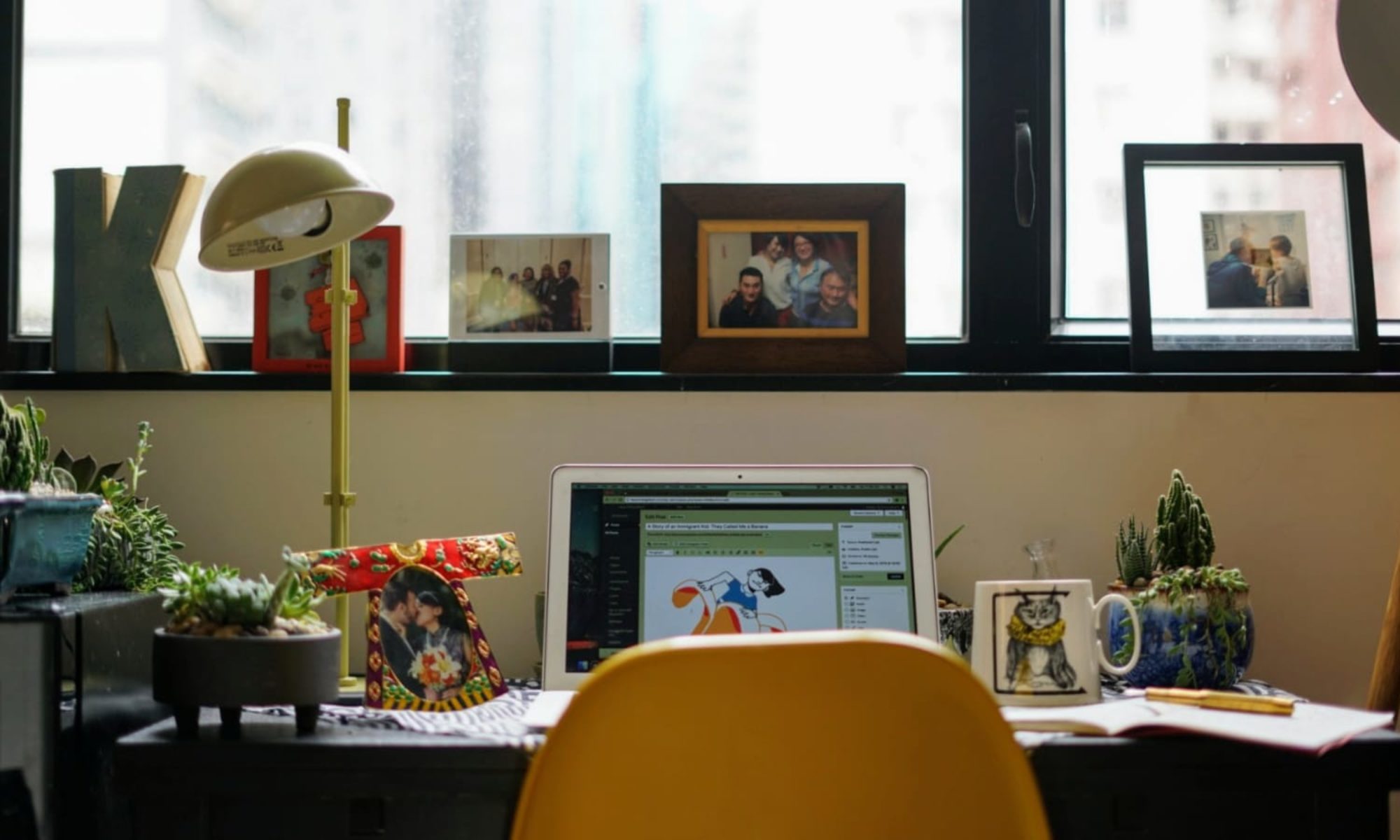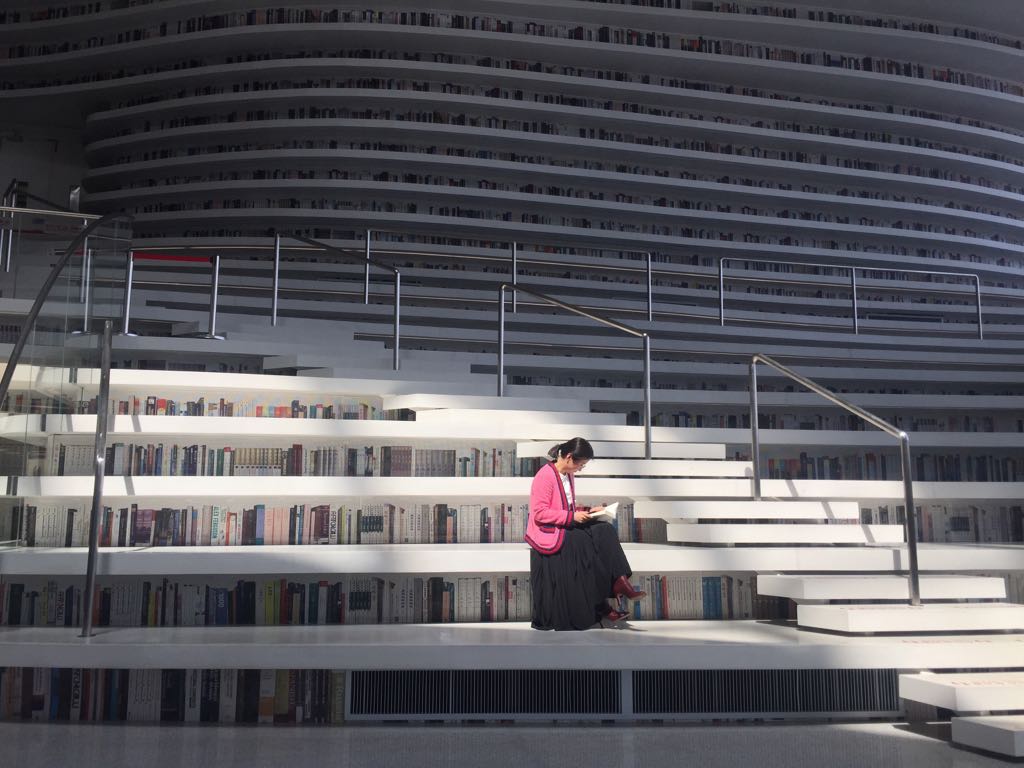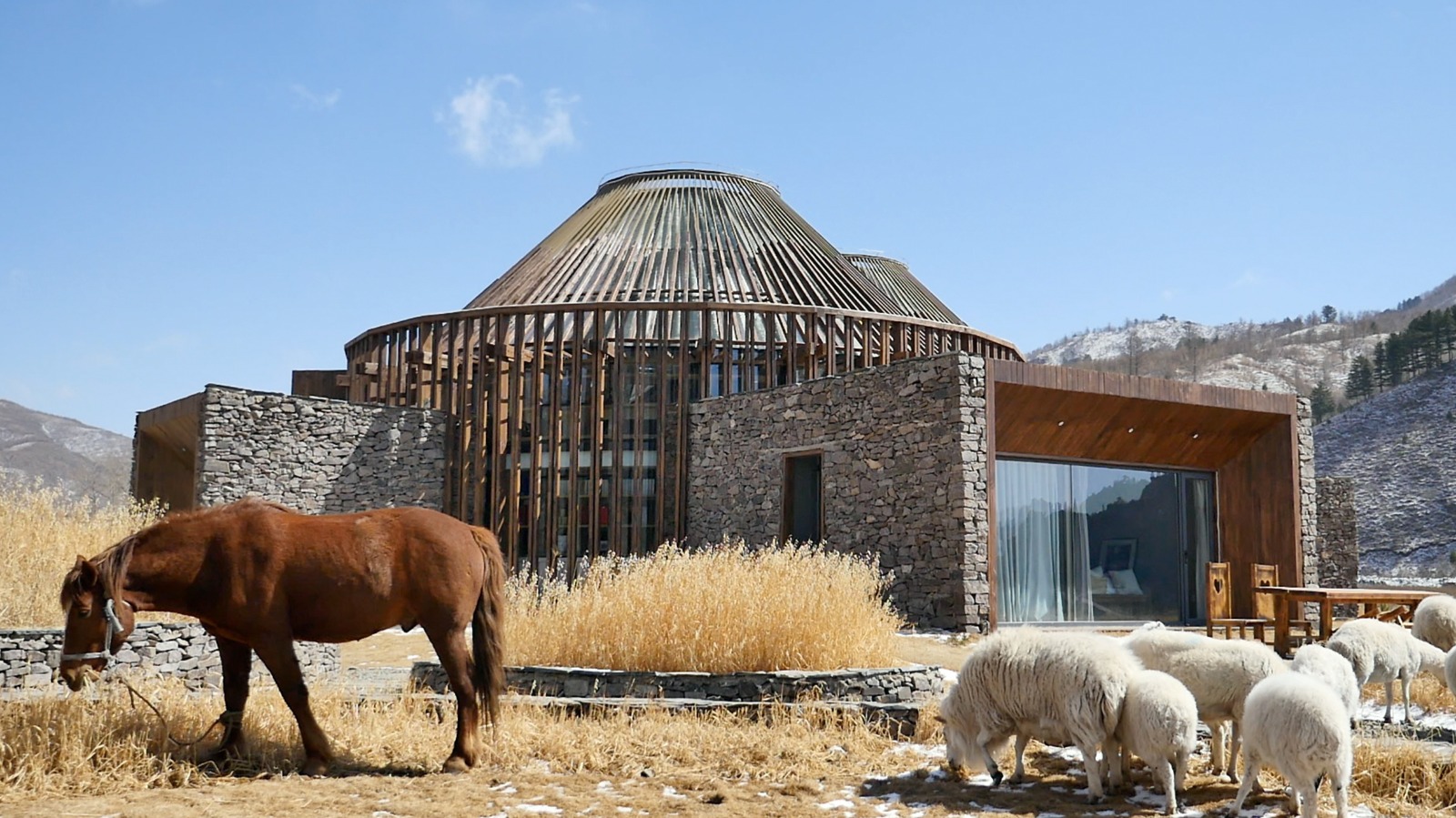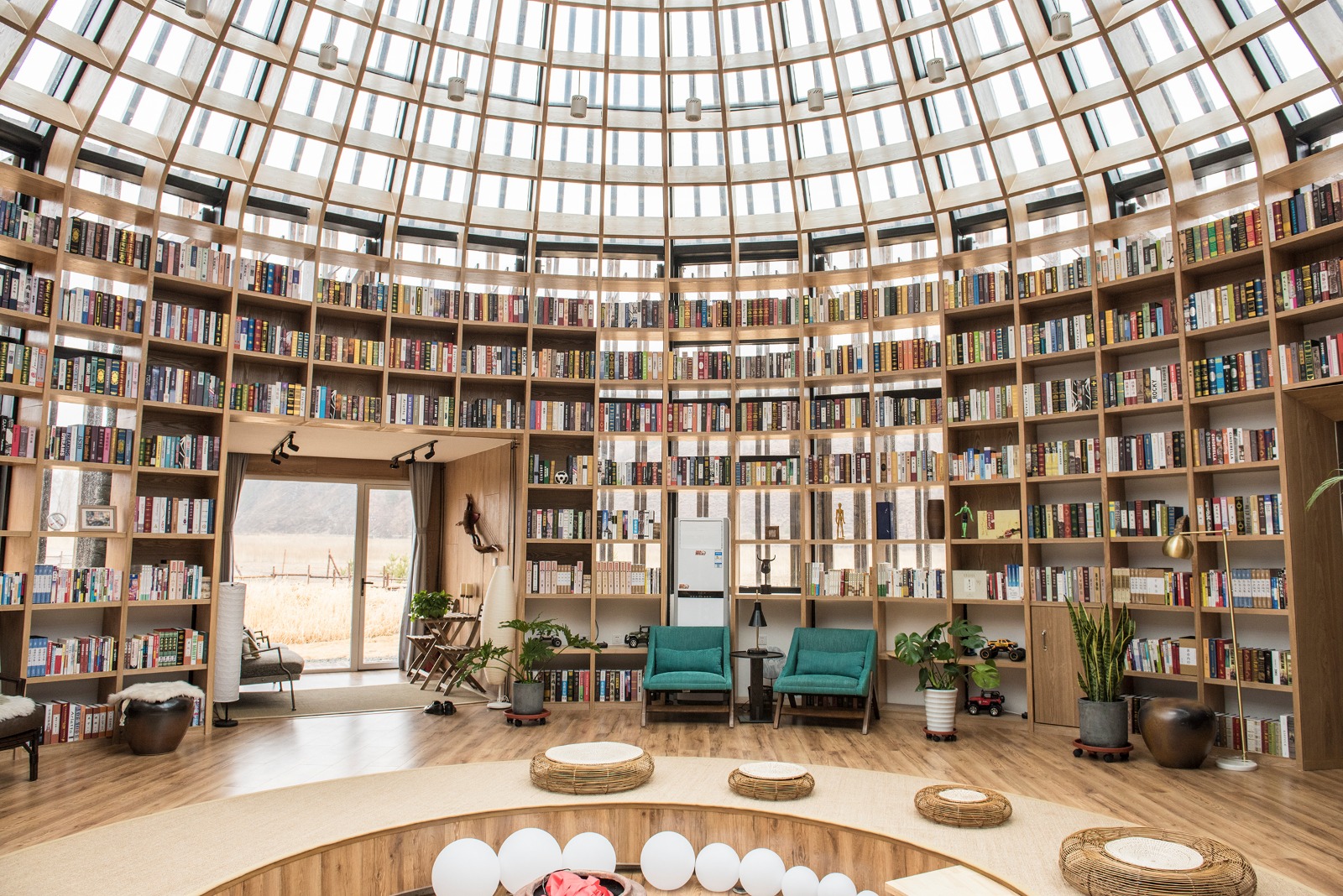Jaggery Lit originally published this essay in the fall of 2022.

It was a balmy December evening in 2019 when my husband Derek and I arrived in Sri Lanka. After picking up our luggage and cat at the airport, we headed to our new home in Mount Lavinia, a beachy suburb south of the Sri Lankan capital, Colombo. Even in December, it was t-shirt weather in the subcontinent. The night air in Colombo was denser and more humid than we were used to in Hong Kong, where we had lived for seven years. Though we could barely make out Colombo as we drove through the dimly-lit city, we were excited about discovering a new country.
Sri Lanka is a small, tear-shaped island in the Indian Ocean, south of India. It’s dubbed the “tear-drop of India” due to its shape and proximity to its much bigger neighbour. It’s a famous travel destination known for its world-class beach resorts and ancient mountains, an abundance of blue sapphires and cinnamon, and a rich history as a trading post dating back to the 16th century.
We moved to Sri Lanka from Hong Kong because Derek was offered a job as a dean at a design university in Colombo. We were exhausted from the fast-paced life of Hong Kong. The political situation also drained us— the ongoing conflicts between the government and the protestors who demanded the scrapping of a controversial extradition bill and the preservation of the city’s autonomy. By the time we departed Hong Kong, antagonism between the militarized police and the young demonstrators turned our neighbourhood into a battleground of road closures, violent clashes, and tear gas. We wanted a slower and more peaceful life and snatched up the opportunity Sri Lanka offered us. The university also gave me a teaching position where I guided students in completing their undergraduate research projects.
Each morning, we rode a 30-minute tuk-tuk ride from Mount Lavinia to Colombo for work. Our driver darted through heavy traffic in the congested capital as we sat in the covered back section of the wagon. To have a conversation, we shouted at each other due to the incessant honking and the roaring of ancient engines surrounding us. After work, we rode home chasing the sunset as the packed local trains passed us by, overflowing with passengers. Each car had several men hanging off its doorway, sharing a single hang bar. As soon as we got home, we changed into our flip-flops and wandered to the beach, less than five minutes from our apartment. We parked ourselves at our favourite beach bar, Jojo’s, to have a sundowner with our friends, who also lived in Mount Lavinia. Then, we had a candle-lit dinner at Sugar Beach, devouring deviled chickpeas or black curry over rice. If we were in the mood for western food, we ordered burgers with fries or fish and chips. After filling our stomachs, we strolled home hand-in-hand under the moonlight, listening to the soft murmur of the waves crashing against the beach.
Three months after our arrival, Sri Lanka went into a strict COVID-19 lockdown. What started as a weekend curfew extended to a 10-week house arrest for the whole country. Derek and I couldn’t leave our home as Sinhalese-speaking soldiers armed with AKs patrolled the area, ready to arrest anyone who broke curfew. We navigated grocery shopping through Facebook groups and relied on Netflix for our entertainment. Each day at sunset, we climbed three stories to our rooftop to watch the orange disc of the sun fall into the horizon. The blue-turquoise water was so close we could see the foamy waves rolling onto the beach, yet we weren’t allowed to dip our toes into it.
In mid-May 2020, the government finally lifted the curfew, and we decided to go as far away from Mount Lavinia as possible. Our first Sri Lankan getaway was to Trincomalee—a city on the northeast coast, about 275 km (170 miles) from Mount Lavinia. It took us eight hours to get there by car on two-lane local roads with heavy traffic. It was there, in Trincomalee, where Derek and I had our first taste of Hindu culture in Sri Lanka. Unlike the middle and southern parts of the country where many Buddhist Sinhalese lived, Trincomalee has a large Tamil Hindu population with a distinct culture and cuisine. We stayed in a gorgeous resort and visited the Koneswaram Temple, an ancient Shiva temple located on the awe-inspiring cliff facing the aquamarine sea. Unlike the serene Buddhist temples in our neighbourhood, where a giant, white Buddha statue greeted worshippers, Hindu temples were brightly painted with red, blue, green, and yellow with intricate sculptures of various gods and motifs jutting out of gigantic complexes. We were in love. We wanted more. We decided to visit the heartland of Hindu and Tamil culture in Sri Lanka for our next trip: Jaffna.
Jaffna is the northernmost city in Sri Lanka, about 350 km from the capital. It’s geographically and culturally close to India—only about 220 km to Tamil Nadu, the most southern Indian state. Jaffna was a vibrant Hindu city that became the flash point of the civil war. In 1948, Sri Lanka became independent from British colonial rule but there were sporadic conflicts between the Sinhalese government and the members of the Liberation of Tigers of Tamil Eelam (LTTE), a militant separatist group fighting for an independent homeland for the Tamils in northeastern Sri Lanka. The clash between the two group escalated on July 23, 1983 when a Sinhalese mob attacked their Tamil neighbours to avenge the thirteen soldiers killed at the hands of the LTTE. The mob looted and torched Tamil homes and businesses in Colombo, and the chaos eventually spread throughout the country. A week later, an estimated 2,000 to 3,000 people had been brutally murdered, thousands more displaced. It was this massacre in the Sri Lankan capital that ignited the bloody twenty-six-year civil war.
As a result of the massacre and the subsequent civil war, many fled Sri Lanka to the UK, Canada, Singapore, and Australia, creating Tamil diaspora communities worldwide. Many Tamils, however, couldn’t relocate and stayed in the northern and eastern parts of Sri Lanka, effectively creating enclaves. Throughout the war, Jaffna was inaccessible as the military guarded it with multiple checkpoints. Physical separation further divided the ethnic groups.
When we told Sinhalese friends our intention to visit Jaffna, some shook their heads. “Don’t go,” a friend said, “Jaffna is very dangerous.”
However, others were curious and wanted to come along. “Is it strange that we want to go to Jaffna with foreigners?” another friend asked, “if I were to go there with other Sinhalese, something bad might happen.”
None of our Sinhalese friends joined us.
In July 2021, Derek and I took the train to the Tamil capital. However, unable to read the schedule correctly, we accidentally booked the slow, local train. Also, instead of opting for air-conditioned first-class, we booked second-class because we loved the idea of opening a window, sticking our heads out of it, and snapping a picture (we saw travel influencers doing this). At first, the breeze through the open window made the ride comfortable. From time-to-time hawkers entered the car to offer snacks, from bags of peanuts to deep-fried doughy snacks filled with meat to wash down with sweet milk tea. However, 100 km before reaching Jaffna, the train broke down. The unbearable, stuffy air in the car mocked the ceiling fan’s feeble efforts to bring us relief. So we got off and watched a handful of workers repairing the engine. Two hours later, the train shunted forward.
As we neared Jaffna, we noticed the shifting landscape. Thick, mountainous jungle with lush vegetation gave way to sparse, brownish fields, broken up by estuaries where flamingos perched. Another distinct feature was the palmyra trees dotting the barren environment—a type of palm tree specific to the region. The Tamils dry palmyra leaves and weave them into baskets and mats, turning their sap into sugar or arrack, a type of liquor.
Twelve sweaty hours after leaving Colombo, the train pulled into the train station—a charming, colonial-era structure with squarish, white columns engraved with flowers and Hindu motifs. Before the civil war, the train station was one of the busiest in Sri Lanka. By 1990, train services to and from Jaffna halted, and the rail company abandoned the station. When the war ended in 2009, the station was restored to its former glory, re-welcoming passengers.
Jaffna was just as endearing as its train station—a city that stood still in time. Though many buildings were destroyed during the war, others stayed in a time capsule without outside influences. Most of the buildings were one or two stories tall; many were concrete or brick block buildings. Cows, considered sacred in Hindu culture, roamed freely within the city and grazed on whatever grass they could find. We walked around the city’s main market, where hawkers sold everything from fresh fruit to baked goods to hand-woven palmyra baskets to vibrant sarees. As Derek and I explored, I looked up and saw something spectacular. “Look, Derek!” I shouted and pointed at a coffee shop sign. “It’s hand-painted!”
It was a beige sign in dark forest green Tamil letters with mustard shadow and red English and Sinhala letters with thin blue outlines. Its simplicity and authenticity captivated me. Unlike the digitally printed vinyl signs lit up by colourful LED lights elsewhere in Sri Lanka, the hand-painted signs in Jaffna were made decades ago with love and care and full of character and artisanal charm.
A few shops later was another hand-painted sign. “Saravandas Multi Trader,” it read. On the left-hand side of the board was a picture of Murugan, the Hindu god of war, standing in front of a peacock. Next to it was another hand-painted sign, “Rajah & Co.” The shop was closed, so I couldn’t tell what it was but based on the picture of fish caught in a net on the right-hand side, I assumed it was a bait or seafood shop.
I walked around the market, pointing out the different signs as Derek snapped photos of them. Derek, a typeface designer, design educator, and self-taught photographer, was also smitten with the hand-painted boards. Every so often, we also saw newer shop signs printed on vinyl, not so different from the ones in Colombo.
“We should capture these before they’re all gone,” Derek said as he pointed to a new advertisement. “It looks like there’s a digital revolution around here too.”
“Let’s make a book of the hand-painted signs of Jaffna!” I said.
And this was the moment The Hand-painted Signs of Jaffna came into existence. We decided to make a book with all the hand-painted signboards we could find in the city.
We visited Jaffna four times in 2020, and each time, we noticed a few missing signs. We worried that these relics from the past were disappearing. Though the horrific civil war and the blockade of Jaffna ensured their survival into the 21st century and yet, modern technologies are threatening their existence. In addition to photographing all the signs we could find in Jaffna and its surrounding villages, we geo-tagged all the handmade treasures. Even if they eventually get replaced, vintage hunters and sign enthusiasts can still see the originals and where they were located on Google Maps.
Shortly after we decided to make this book, Derek and I roamed around a different part of Jaffna, away from the main market. We stood in front of a ceramics store with a stunning illustration of a weirdly proportioned bathroom set and realistically painted tubs of adhesive cement. Our heads tilted up, eyes glazed over, and our mouths slightly ajar. As we pointed our phones toward the sign and snapped pictures, a man came to greet us.
“Hello,” the shopkeeper said with a confused look. He understood innately that we weren’t shopping for a new bathroom set.
“Hi!” Derek replied. “We love your sign!”
Apparently, “hello” was the only English word the shopkeeper knew. He didn’t understand a word Derek said, so Derek pointed at the sign, grinned, and gave the shopkeeper a thumbs-up.
The shopkeeper turned around, looked up at the thing he’d probably passed by every day for the last decade and had zero second thoughts about, then returned his gaze to Derek and me, more flummoxed than ever.
Derek pulled out his phone and typed “we love your sign” in English and translated it to Tamil. The man studied the text, still puzzled. Derek typed, “who painted it?” and showed it to him. The shopkeeper gave us another look and went back into the shop. We saw that he got on the landline and assumed he was calling someone to get the information we wanted. We waited for a while but finally realized he wasn’t coming back. He couldn’t comprehend what these strange foreigners wanted with his sign. But one thing was for damn sure— he wasn’t going to sell us a new toilet that day.
We went back to multiple shops and tried to communicate with the shopkeepers using Google Translate. However, we hit a wall every time—it seemed that no one in Jaffna had the time or patience to deal with a couple of weird foreigners who weren’t interested in buying something. After visiting several shops, Derek and I realized we needed help. Besides photographing the signs and creating geo-tags on Google Maps, we also wanted to tell the stories of the artisans that made them. So, we needed to identify the makers of the signboards and speak to them.
The next day, we talked to the manager of our hotel. He was friendly and took the time to connect us with some painters. He even came along with us to meet with the artisans to translate. However, upon meeting the artisans, we realized that they were different types of artisans—we met lorry painters and temple painters, who were fascinating in their own right. But they were not the ones who created shop signboards. The hotel manager did his best to help us, but he didn’t understand that we didn’t just want any painters— we wanted ones who specialized in the shop signboards.
After spending more time in Jaffna, we realized that the signboards were not just beautiful objects— they also told stories of the city. Therefore, we needed to enlist help from someone from the culture who also understood our intention for the book: to learn about Jaffna through the hand-painted signs. Our aim is to capture and preserve them on camera, analyze them visually, and write about them. Ideally, we needed a translator of language and culture and someone who knew the city and could drive us places. Luckily, we met Rajeevan, a Jaffna-based tour guide and driver. He was a handsome Tamil man in his late 30s who spoke fluent English and Sinhala. Towards the end of the war Raj worked for the International Committee of Red Cross (ICRC). He first worked as a dispatcher in Jaffna, alerting aid workers about potential bombings and other dangerous situations. Then, he moved to Colombo and worked as a data administrator. Through his work, he helped to reconnect many displaced families. After years in the capital, he returned to his home city to try his hand in tourism. Excited by our project to preserve the culture of his beloved city, he agreed to help us.
Raj told us that people were confused about our fascination with the signs because they saw little value in the objects and the people who made them. Like their Indian neighbours, Sri Lankans, both Sinhalese, and Tamils, were bound by caste systems. For Jaffna Tamils, kammalar is the term for the artisan class, which includes blacksmiths, brass workers, carpenters, sculptors, and goldsmiths. The sign-making painters are not explicitly listed in this group, but the consensus is that they were a part of this service caste who depended on the landowning and wealthy caste for their survival. Though the boundaries of the caste system have been blurring in recent years, the hierarchy still exists. Therefore, the Tamil society doesn’t value the kammalar caste even though their work is essential for a functioning society. This is reflected in how dismissive the folks we met were of the shop signs and why they couldn’t understand what Derek and I saw in them—relics from the past and a lens into Jaffna culture.
On our next trips to Jaffna, we met several sign painters. First, we met Thasan, whose work for the hardware store with the charming bathroom set we absolutely adored. When Derek took out his phone and showed a picture of the hardware shop sign, Thasan nodded, his smile shy and uncertain. He was surprised that a couple of foreigners would be interested in his handiwork. Derek and I, on the other hand, were ecstatic. It took us so much effort to find him, and it felt surreal to be face-to-face with a man whose work we admired. Thasan retired several years ago and his son-in-law, Shankar, took over the sign-painting job. However, in the last several years, fewer and fewer people are commissioning hand-painted shop signs so he supplemented his income with house painting jobs.
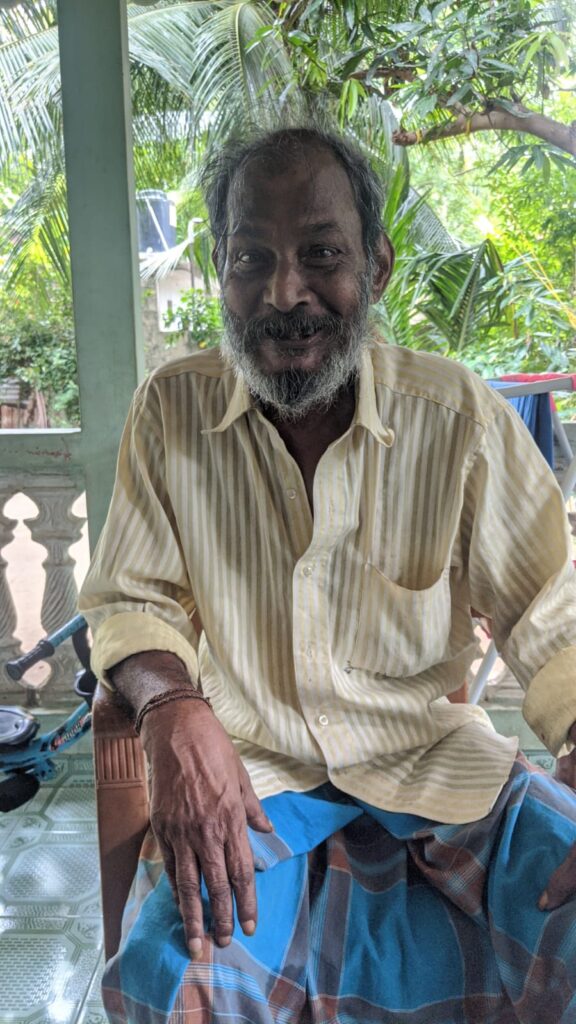
We also met Bavan, who painted an incredible watch for a repair shop. When we knocked on his door, he answered wearing a pale yellow button shirt, a sarong, and sleep in his eyes. When Raj told him why we were there, Bavan lit up. He buttoned up his shirt and invited us to sit on his porch. His hair was mostly grey, his teeth stained by decades of cigarette smoke and beetle nut chewing. He had steady work as a sign painter for over thirty years but has retired due to poor health. In his raspy voice, he told us of the prestigious artisan award he had won while pointed to a plaque on his wall.
Thanks to Raj, we were able to access the inner world of Tamil culture and its sign painters. We met many people of Jaffna who added a rich layer to our experience in learning about the history of the place and the hand-painted signs. Now it’s up to us to offer the rest of the world a glimpse into the colourful, complex, and resilient city of Jaffna through our book, The Hand-Painted Signs of Jaffna.
